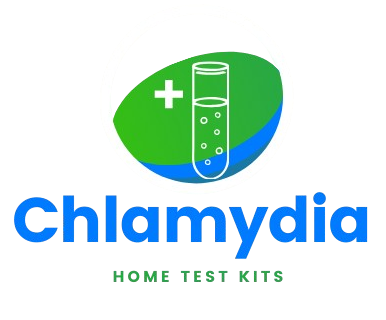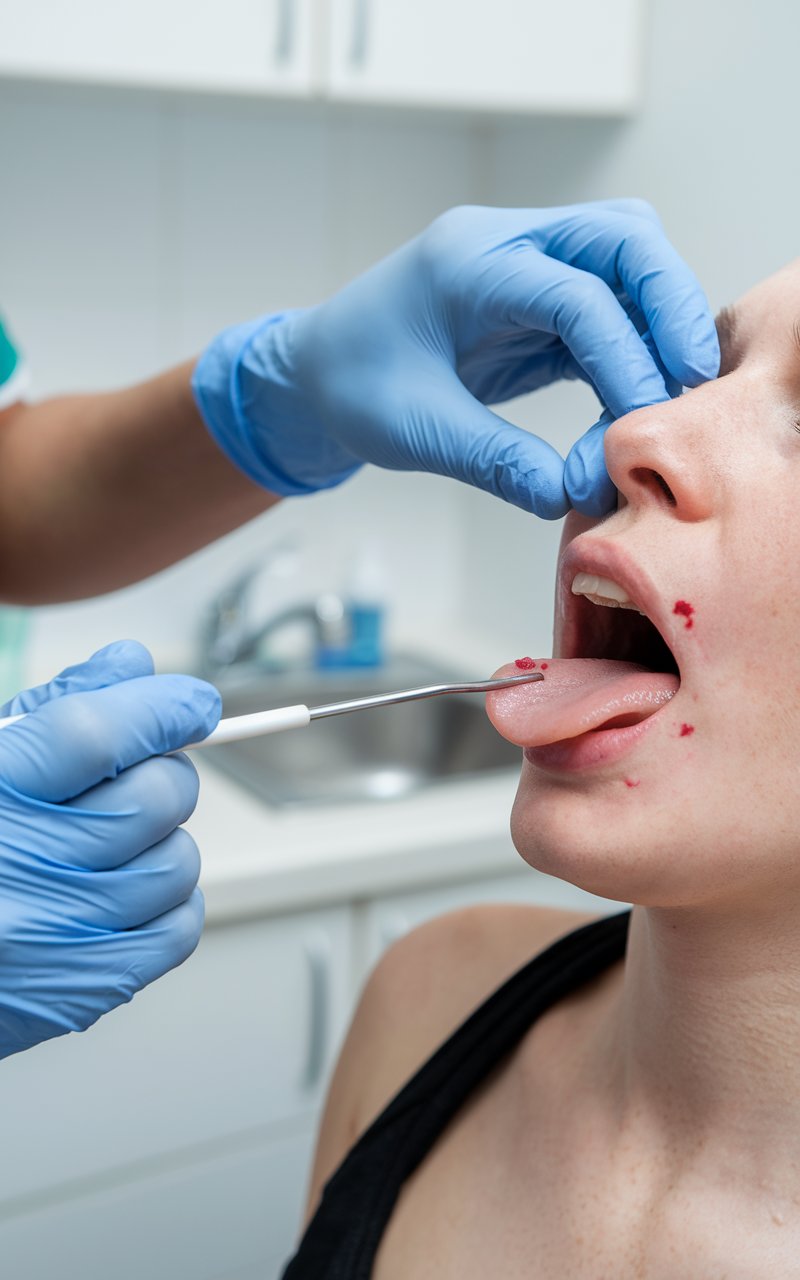Oral Health | Sexual Health | Infectious Diseases | Otorhinolaryngology | STI
Oral chlamydia, caused by Chlamydia trachomatis, can present rare symptoms, including bumps on the tongue. Early detection and treatment are vital for preventing health complications and further transmission. This article covers everything from causes and symptoms to diagnosis, treatment, and prevention.
What is Chlamydia?
Chlamydia is one of the most common sexually transmitted infections (STIs), with the WHO estimating over 129 million new cases each year. It’s primarily known to affect the genitals, but it can also infect mucous membranes in the throat, eyes, and rectum. When chlamydia infects the mouth, it can cause bumps on the tongue, a rare but notable symptom. The infection spreads through unprotected sexual activities, including oral, vaginal, and anal sex. Even without visible symptoms, chlamydia can still be transmitted, making regular testing crucial.

“Get tested for oral STIs with a convenient home kit today!”
How Does Oral Chlamydia Occur?
Oral chlamydia happens when Chlamydia trachomatis infects the throat. This is commonly due to oral sex with an infected partner. The bacteria can be transmitted through oral-genital and oral-anal contact, emphasizing the importance of safe sex practices.
Risk factors include:
- Unprotected oral sex.
- Multiple sexual partners.
- Early onset of sexual activity.
- A history of other STIs.
Using protection like condoms or dental dams during oral sex significantly reduces the risk of transmission. Regular STI screenings are recommended for sexually active individuals, especially if experiencing symptoms like bumps on the tongue.

“Worried about bumps on your tongue? Order a discreet test kit now!”
Symptoms of Oral Chlamydia
Oral chlamydia symptoms are often subtle and may mimic other conditions, making them easy to overlook. Recognizing these symptoms early can help prevent complications. Common signs include:
- Persistent sore throat
- Redness or inflammation in the mouth
- Swollen lymph nodes
- Mild fever and fatigue
Less common symptoms:
- Bumps on the tongue
- Mouth sores
- White patches on the tonsils
If you notice these symptoms, consulting a healthcare provider for accurate diagnosis and treatment is critical. Use of online tools like symptom checkers can provide preliminary insight but should not replace professional medical evaluation.
What Are the Consequences of Untreated Oral Chlamydia?
If left untreated, oral chlamydia can lead to severe complications, including:
- Gingivitis and periodontal disease: Chlamydia can weaken the immune response in the mouth, increasing susceptibility to other infections that cause gum pain, bleeding, and tooth loss.
- Reactive arthritis: An inflammatory condition affecting joints, which can occur in both men and women.
- Conjunctivitis (pink eye): The bacteria can also infect the eye, leading to inflammation and discomfort.
The infection can also raise the risk of contracting other STIs like HIV, as the presence of chlamydia bacteria creates an environment more susceptible to additional pathogens.

“Protect your health—book an at-home chlamydia screening kit.”
Diagnosing Oral Chlamydia
Chlamydia often presents without noticeable symptoms—up to 70% of women and 50% of men with the infection show no signs, according to the PAHO. Therefore, routine STI screening, including oral testing, is critical for sexually active individuals.
Diagnostic methods include:
- Throat Swabs: A healthcare professional collects a sample from the throat for lab analysis.
- Nucleic Acid Amplification Tests (NAATs): This highly sensitive test detects chlamydia DNA, ensuring precise results. Upload your results for interpretation through AI tools like Docus AI for further personalized insights.
Routine STD tests may not cover oral infections unless specifically requested. It’s crucial to mention symptoms like tongue bumps when seeking medical care to ensure comprehensive testing.
Treatment for Oral Chlamydia
Treatment usually involves antibiotics, such as:
- Doxycycline
- Azithromycin
- Erythromycin
Consult with a healthcare professional before starting any treatment, as these medications require precise dosing to be effective. After completing the antibiotic course, avoid all sexual activity for at least seven days to prevent reinfection. All partners should also receive treatment to curb the spread of the infection.

“Early diagnosis is key! Get your oral chlamydia test kit here.”
Preventing Oral Chlamydia
- Use Protection: Always use condoms or dental dams during any form of sexual activity.
- Frequent Testing: Regular STI screenings, especially for those with multiple partners or engaging in unprotected sex, are essential.
- Limit Sexual Partners: Reducing the number of sexual partners can significantly lower infection risks.
- Avoid Sharing Personal Items: Items like towels or toothbrushes should not be shared to prevent indirect transmission.
Frequently Asked Questions
- What are chlamydia bumps on the tongue?
- Small, raised lesions caused by oral chlamydia infection. They may be mistaken for other oral conditions, so professional diagnosis is essential.
- Can HPV cause similar bumps on the tongue?
- Yes, HPV can cause oral lesions, but these differ from chlamydia-related bumps. Testing is needed to differentiate between the two.
- Are bumps on the tongue always a sign of an STI like chlamydia?
- Not necessarily. Other conditions, such as oral thrush or canker sores, may also present as tongue bumps. A healthcare provider can provide an accurate diagnosis.
Here : Chlamydia Test Checker Tools Online Instant
“Take control of your sexual health—get tested from home with ease.”


